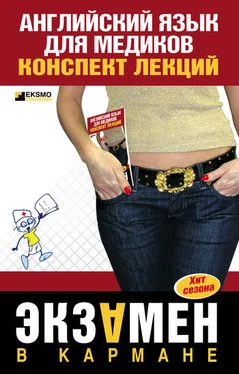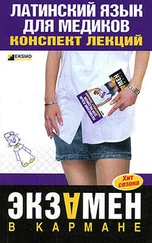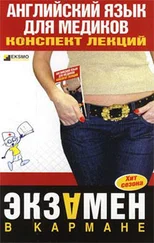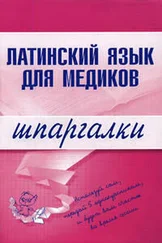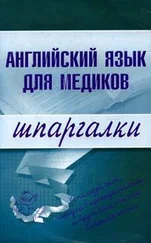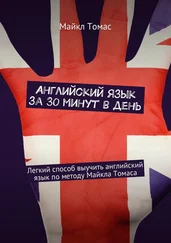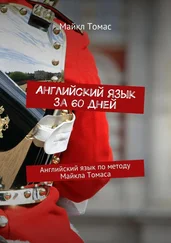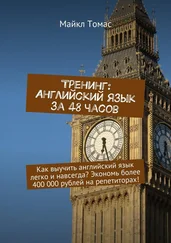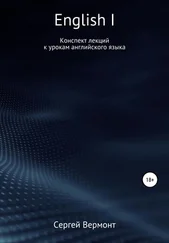According to the form all the muscles are traditionally divided into three basic groups: long, short and wide muscles. Long muscles compose the free parts of the extremities. The wide muscles form the walls of the body cavities. Some short muscles, of which stapedus is the smallest muscle in the human body, form facial musculature.
Some muscles are called according to the structure of their fibres, for example radiated muscles; others according to their uses, for example extensors or according to their directions, for example, – oblique. The muscles are formed by a mass of muscle cells. The muscle fibres are connected together by connective tissue. There are many blood vessels and nerves in the muscles.
Great research work was carried out by many scientists to determine the functions of the muscles. Three basic methods of study were used: experimental work on animals, the study of the muscles on a living human body and on the cadavers. Their work helped to establish that the muscles were the active agents of motion and contraction.
New words
muscles – мышцы
active – активный
part – часть
motor apparatus – двигательный аппарат
various – различный
movement – движение
elongated – удлиненный
threadlike – нитевидный
to be bound – быть связанным
some – некоторый
degree – степень
this – этот
ability – возможность
capable – способность
scientist – ученый
basic – основной
experimental – экспериментальный
work – работа
Запомните застывшие словосочетания.
In the morning. In the evening to come home.
In the afternoon. At night to leave home for work (school).
To go to bed. to go to school at half past five.
To go to work, to go home at a quarter past five.
Вставьте артикль, где необходимо.
1. My… friend has to get up early in… morn ing because he goes to… school.
2. That's why he usually goes to… bed early in… evening.
3… weather was very bad in… morning yesterday.
4… sky was grey and it was raining.
5. But in… middle of… day… weather began to change.
6… rain stopped and… sun appeared from behind… clouds.
7. In… afternoon it was very warm.
8. I did not want to stay at… home and went into… yard.
9. There were… boys and… girls in… yard.
10. We played in… yard till late in… evening.
11. When I came… home, I drank… tea, ate… sandwich and went to… bed at once.
12. I slept very well at… night.
13. My brother is… pupil. He goes to… school. He goes to… school in… morning. He has five or six… lessons every day. In… afternoon he goes home. At… home he does his… homework.
14. In… evening he reads… books. He usually goes to… bed at… half past ten. At… night he sleeps.
15. My father goes to… work in… morning and comes… home in… evening.
16. I get up at… half past seven in… morning and go to… bed at… quater to eleven in… evening.
17. When does your mother leave… home for… work?
18. She leaves… home for… work at… quarter past eight.
19. When do you leave… home for… school?
20. I leave… home for… school at… half past… eight.
Answer the questions.
1. What are the muscles?
2. What contraction produces various movements?
3. What may the muscles be divided from?
4. What does the nervous system control?
5. What does the muscular tissue consist of?
6. How many varieties of muscle fibres are there?
7. How many per cents does muscle tissue comprise?
8. For how many groups are all the muscles traditionally divided?
9. How sometimes are muscles called?
10. What does connective tissue connect?
Make the sentences of your own using the new words (10 sentences).
Find the definite and indefinite articles in the text.
Find one word, which is a little bit different in meaning from others (найдите одно слово, которое немного отличается от других по смыслу):
1) a) work; b) job; c) rest;
2) a) class; b) student; c) sea;
3) a) home; b) house; c) garage;
4) a) lift; b) down; c) rise;
5) a) white; b) pink; c) scarlet.
Bone is the type of connective tissue that forms the body's supporting framework, the skeleton. In addition, bones act as levers for muscles and serve to protect the internal organs from injury. They always act as a storehouse for calcium and phosphorus. The bone marrow inside the bones is the body's major producer of both red and white blood cells.
Bones vary somewhat according to a person's age and sex. The bones of women are generally lighter than those of men, while children's bones are more resilient than those of adults and tend to bend rather than fracture when abnormal pressure is applied to them. Bones also respond to certain physical physiological changes. For example, bones tend to atrophy, or waste away, when muscular activity in a region is decreased, as when a limb is afflicted with a paralytic disease.
Bones are generally classified in two ways. When classified on the basis of their shape, they fall into four categories: flat bones, such as the ribs; long bones, such as the thigh bone; short bones, such as the wrist bones; and irregular bones, such as the vertebrae. When classified on the basis of how they develop, bones are divided into two groups: endochondral bones and intramembraneous bones. Endochon-dral bones, such as the long bones and the bones at the base of the skull, develop from cartilage tissue. Intramembraneous bones, such as the flat bones of the roof of the skull, are not formed from cartilage but develop under or within a connective tissue membrane. Although en-dochondral bones and intramembraneous bones form in different ways, they have the same structure.
The formation of bone tissue (ossification) begins early in embryo-logical development, when the embryo is two months old. The bones continue to grow during childhood and adolescence, reaching their full size when the person is about 25.
Most adult bone is composed of two types of tissue: an outer layer of compact bone and an inner layer of spongy bone. Compact bone is strong and dense. Spongy bone is light and porous and contains bone marrow. The amount of each type of tissue varies in different bones. The flat bones of the skull consist almost entirely of compact bone, with very little spongy tissue. In a long bone, such as the thigh bone, the shaft, called the diaphysis, is made up largely of compact bone. While the ends, called epyphyses, consist mostly of spongy bone. In a long bone, marrow is also present inside the shaft, in a cavity called the medullary cavity.
Surrounding every bone, except at the surface where it meets another bone, is a fibrous membrane called the periosteum. The outer layer of the periosteum consists of a network of densely packed collagen fibres and blood vessels. This layer serves for the attachment of tendons, ligaments, and muscles to the bone and is also important in bone repair.
The inner layer of the periosteum has many fibres, called fibres of Sharpey, which penetrate the bone tissue, anchoring the periosteum to the bone. The inner layer also has many bone-forming cells, or osteo-blasts, which are responsible for the bone's growth in diameter and the production of new bone tissue in cases of fracture, infection.
Читать дальше
